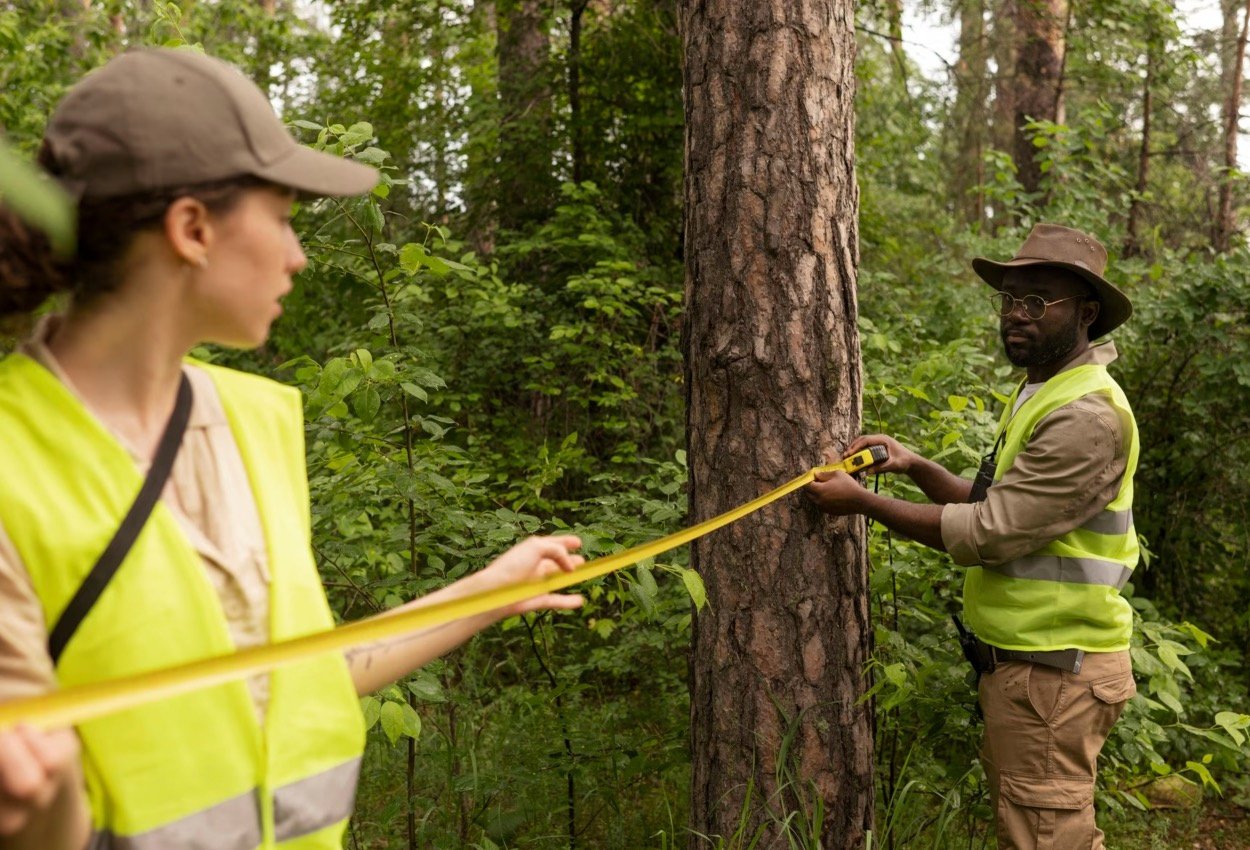Pruning or cutting down hazardous trees on your property can be a risky task without the proper knowledge and expertise. In this article, you will learn crucial expert tips on how to safely remove dangerous trees without causing harm to yourself, your property, or others. By following these guidelines, you will protect yourself and ensure a successful tree removal process.
Key Takeaways:
- Assess the tree: Before removing a hazardous tree, assess its condition to determine the best approach for removal.
- Utilize proper equipment: Use the appropriate tools and equipment to safely cut down and remove the tree to prevent accidents.
- Consider hiring professionals: If the tree is in a difficult location or requires specialized skills, consider hiring a skilled arborist or tree removal service.
- Plan the tree removal: Develop a detailed plan for how the tree will be safely removed, considering factors such as nearby structures, power lines, and property.
- Dispose of the tree properly: After the tree has been removed, dispose of the debris in an environmentally friendly manner, such as recycling or mulching.
Recognizing Hazardous Trees
A crucial aspect of safely removing hazardous trees is being able to recognize when a tree poses a potential danger. By knowing the signs and common types of hazardous trees, you can take proactive measures to address any risks on your property.
Signs of a Hazardous Tree
An important indicator of a hazardous tree is dead or hanging branches. These branches can easily fall and cause damage or injury. Additionally, trees with visible trunk damage, such as cracks or cavities, may be structurally unsound and pose a risk of falling.
Common Types of Hazardous Trees
Trees that are more prone to becoming hazardous include those with shallow roots, such as cedar and willow trees. Trees that have a leaning posture or are located close to structures are also considered hazardous. Pine trees, known for their weak wood, are another common type that can pose a danger.
- Oak trees with extensive canopy
- Poplar trees prone to disease
- Maple trees with weakened branches
This information can help you identify hazardous trees on your property and take appropriate action to mitigate any risks they may pose. It’s crucial to regularly inspect your trees and address any potential hazards promptly to ensure the safety of your property and those around you.

Removing Hazardous Trees Safely
Assessing the Situation
To ensure the safe removal of hazardous trees on your property, the first step is to assess the situation carefully. Look for warning signs such as dead or hanging branches, cracks in the trunk, or leaning trees. You should also consider the proximity of the tree to buildings, power lines, and other structures that could be damaged during the removal process. If you are unsure about the condition of the tree or the potential risks involved, it is best to consult with a professional arborist.
Choosing the Right Tools and Equipment
- Determine that the tree needs to be removed.
- Choose the right tools and equipment for the job.
- Chainsaw
- Pruning loppers
- Handsaws
- Ropes
- Safety gear (helmets, gloves)
- Ensure the use of proper tools to avoid accidents and injuries.
- Use a chainsaw for cutting through thick branches and tree trunks.
- Be familiar with safe operation of a chainsaw.
- Follow the manufacturer’s instructions.
- Hire a professional tree removal service if uncomfortable using a chainsaw or dealing with a large tree.
Safety Precautions During Tree Removal
Proper Protective Gear
Even though tree removal may seem straightforward, it is crucial to wear the proper protective gear to ensure your safety during the process. Make sure you have a hard hat to protect your head from falling branches or debris. Wear safety glasses to shield your eyes from wood chips and sawdust. Don’t forget to wear sturdy gloves to protect your hands from cuts and scrapes while handling equipment and branches.
Creating a Safety Zone
Precautions should be taken to create a safety zone around the area where tree removal will take place. Keep bystanders and pets at a safe distance to avoid any potential accidents. It’s recommended to mark off the work zone with caution tape or cones to prevent anyone from entering the area unknowingly. By creating a safety zone, you reduce the risk of injuries or accidents during the tree removal process.
Creating a safety zone is necessary to ensure that no one gets hurt by falling branches or any other hazards during tree removal. Always make sure the area is clear before starting the removal process to avoid any accidents or injuries. By taking these precautions, you can safely remove hazardous trees without endangering yourself or others.
Disposing of Hazardous Trees
Recycling and Reusing Tree Debris
Keep in mind that even after a hazardous tree has been removed, there are eco-friendly ways to dispose of the tree debris. Recycling and reusing tree debris is not only beneficial for the environment, but it can also save you money on disposal fees. You can consider chipping the branches and using the wood chips as mulch for your garden or landscaping projects. Additionally, the larger sections of the tree trunk can be repurposed for firewood or crafting projects.
Hiring Professional Tree Removal Services
As far as removing hazardous trees from your property, hiring professional tree removal services is highly recommended. With their expertise and specialized equipment, tree removal experts can safely and efficiently handle the removal process, minimizing the risk of accidents or damage to your property. Professional tree removal services are equipped to handle the disposal of tree debris properly, ensuring that it is recycled or disposed of in an eco-friendly manner.
The peace of mind that comes with knowing the hazardous tree removal is being handled by experienced professionals is invaluable. By entrusting the job to experts, you can rest assured that the process will be carried out safely and efficiently, with minimal disruption to your property and surroundings.
FAQ
Q: Why is it important to remove hazardous trees?
A: Hazardous trees pose serious risks to property and safety. Falling branches or trees can cause damage to structures, vehicles, and harm individuals. It is important to remove these trees to prevent accidents and property damage.
Q: How can I identify a hazardous tree?
A: Look for signs such as dead or hanging branches, leaning trunk, cracked bark, fungus growth, or hollow cavities. These can indicate a tree is hazardous and may need to be removed.
Q: When is the best time to remove a hazardous tree?
A: The best time to remove a hazardous tree is during the dormant season, which is typically late fall or winter. This is when the tree is less likely to be hosting invasive pests, and its weight is reduced due to fewer leaves.
Q: Should I hire a professional for hazardous tree removal?
A: It is highly recommended to hire a professional tree removal service for hazardous trees. They have the expertise, equipment, and safety measures to safely remove the tree without causing further damage or injury.
Q: What should I do with the wood from the hazardous tree removal?
A: You can have the tree service company haul away the wood, or you can choose to keep it for firewood or other purposes. Make sure to properly dispose of any branches or debris left from the removal process.















